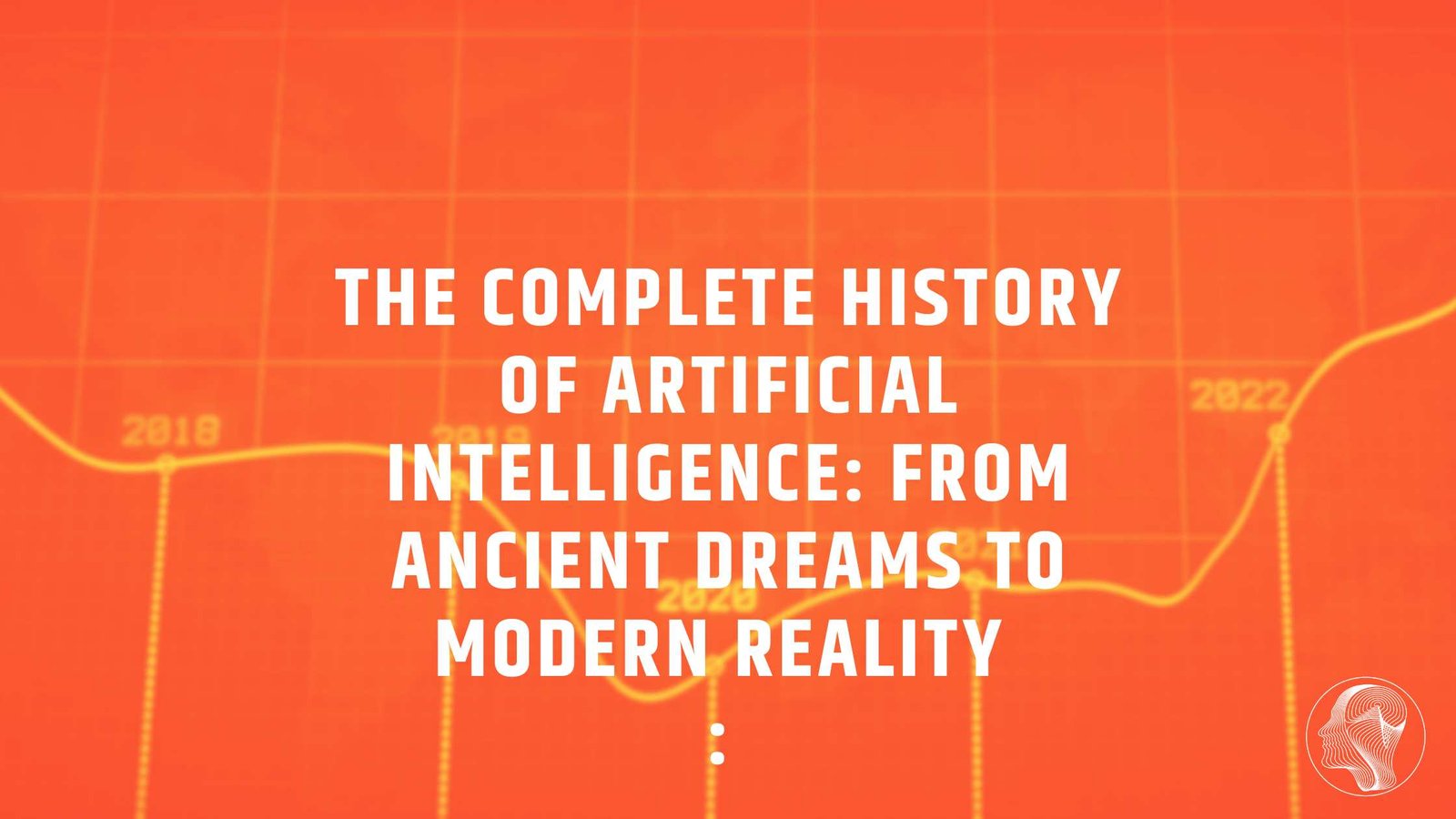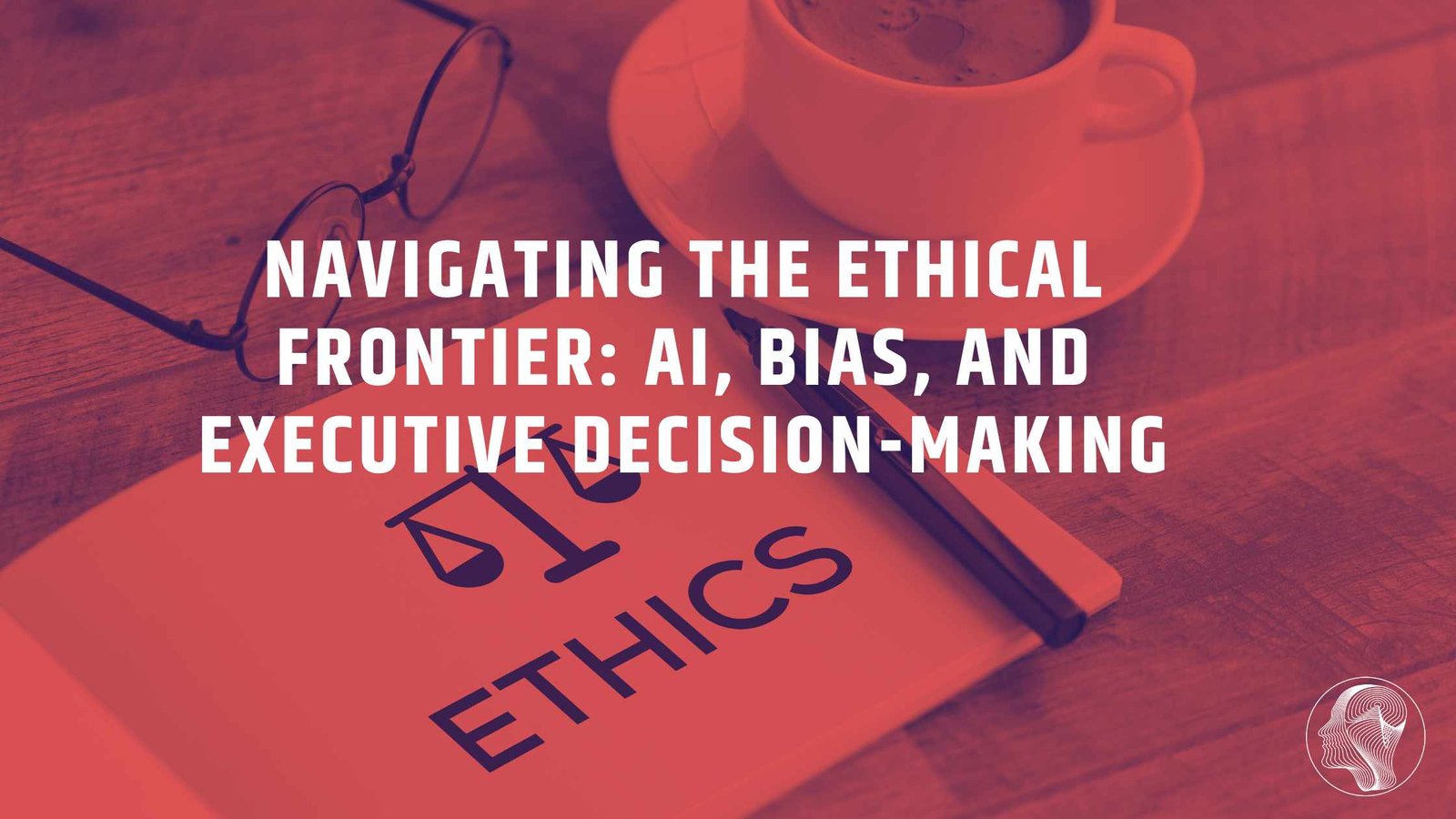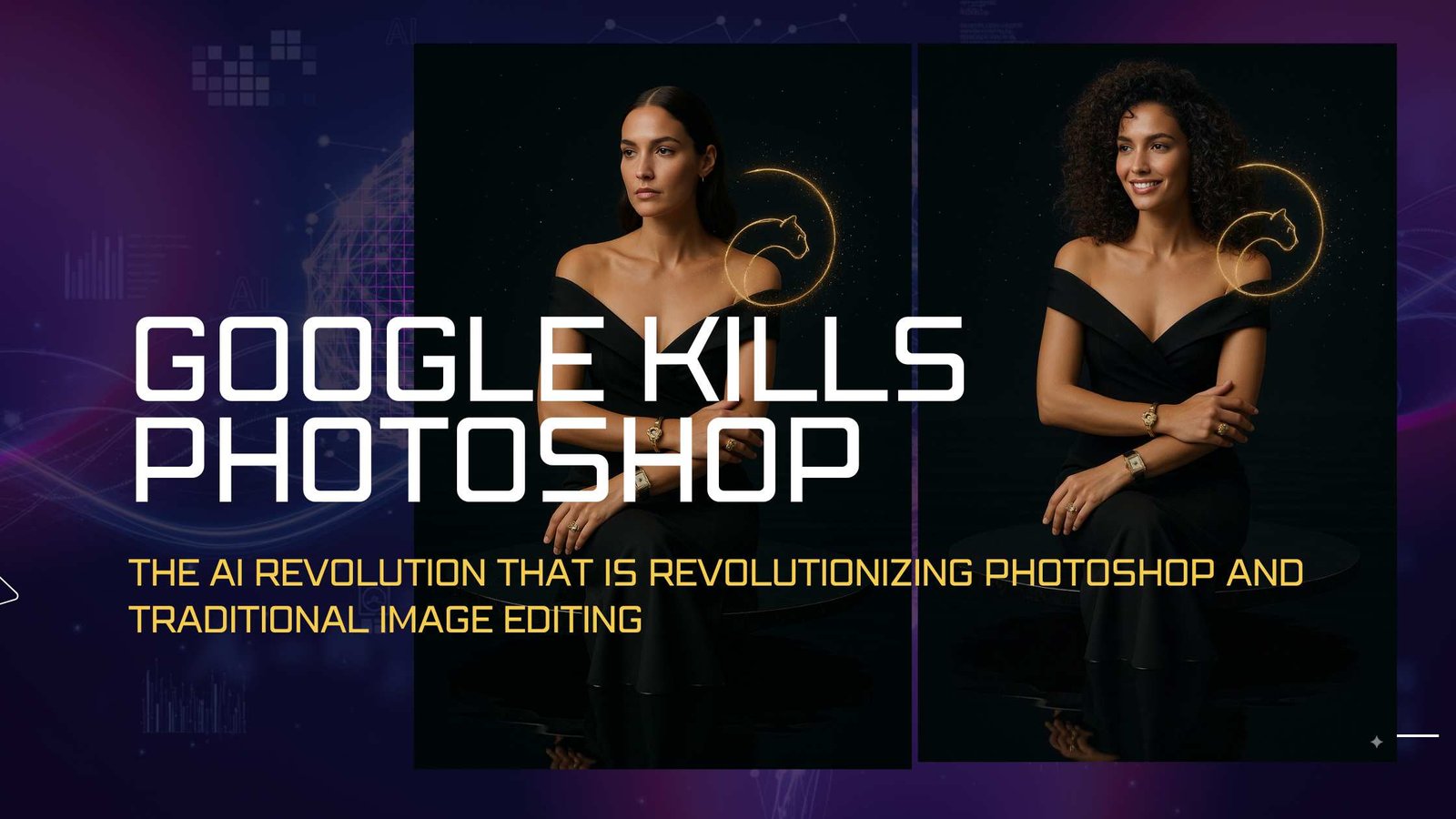Table of Contents
ToggleIntroduction: The Dream That Became Reality
What if machines could think like humans? This question, once confined to the realm of science fiction, has become the driving force behind one of the most transformative technologies of our time. The journey of Artificial Intelligence (AI) spans over seven decades, filled with brilliant minds, groundbreaking discoveries, and moments that forever changed how we interact with technology.
From the first computer programs that could play checkers to today's sophisticated large language models and neural networks, AI has evolved from a theoretical concept to an integral part of our daily lives. This comprehensive timeline explores the pivotal moments, key figures, and technological breakthroughs that shaped the AI revolution.
The Foundation Era (1950-1960): Where It All Began
1950: The Turing Test – Defining Machine Intelligence
The story begins with Alan Turing, often called the father of computer science. In his groundbreaking paper “Computing Machinery and Intelligence” published in Mind, Turing posed the fundamental question: “Can machines think?” His proposed Turing Test became the gold standard for measuring machine intelligence, challenging a machine to engage in conversations indistinguishable from those of humans.
“I believe that in about fifty years' time it will be possible to programme computers… to make them play the imitation game so well that an average interrogator will not have more than 70 percent chance of making the right identification after five minutes of questioning.” – Alan Turing, 1950
1956: The Birth of AI as a Field
The term “Artificial Intelligence” was officially coined at the Dartmouth Conference, organized by John McCarthy, Marvin Minsky, Nathaniel Rochester, and Claude Shannon. This historic 10-week workshop at Dartmouth College brought together the brightest minds to explore the possibility of creating machines that could simulate human intelligence.
The conference proposal boldly stated: “We propose that a 2-month, 10-man study of artificial intelligence be carried out… The study is to proceed on the basis of the conjecture that every aspect of learning or any other feature of intelligence can in principle be so precisely described that a machine can be made to simulate it.”
1957: The Perceptron – First Neural Network
Frank Rosenblatt developed the Perceptron at Cornell University, creating the first artificial neural network capable of learning. This single-layer neural network could recognize simple patterns and laid the groundwork for modern deep learning algorithms. The Perceptron represented the first successful attempt at creating a learning machine.
The Optimistic Years (1960-1970): Early Breakthroughs
1961: First Industrial Robot
Unimate, the first industrial robot, began working at a General Motors assembly line. Created by George Devol and Joseph Engelberger, this 4,000-pound robotic arm performed tasks too dangerous for humans, marking the beginning of robotics in manufacturing.
1964: ELIZA – The First Chatbot
Joseph Weizenbaum at MIT created ELIZA, the first chatbot that could engage in seemingly meaningful conversations. ELIZA's most famous script, DOCTOR, simulated a Rogerian psychotherapist, demonstrating early natural language processing capabilities.
1965: Expert Systems Emerge
Edward Feigenbaum and Joshua Lederberg developed DENDRAL at Stanford University, one of the first expert systems. This program could identify organic compounds from mass spectrometry data, proving that machines could perform specialized knowledge work.
The First AI Winter (1970-1980): Reality Meets Expectations
1973-1974: The Lighthill Report
British mathematician James Lighthill published a critical report on AI research, leading to significant funding cuts in the UK. This period, known as the “AI Winter,” was characterized by reduced investment and skepticism about AI's potential.
1975: Genetic Algorithms
John Holland introduced genetic algorithms in his book “Adaptation in Natural and Artificial Systems,” providing a new approach to machine learning inspired by evolutionary biology.
The Knowledge Revolution (1980-1990): Expert Systems Boom
1980: XCON – Commercial Success
Digital Equipment Corporation deployed XCON (eXpert CONfigurer), an expert system that configured computer systems. XCON saved the company an estimated $40 million annually, proving AI's commercial viability.
1982: Fifth Generation Computer Project
Japan launched an ambitious Fifth Generation Computer Project, investing $850 million to develop AI-based computers. This sparked a global AI arms race, with the US and Europe launching competing initiatives.
1986: Backpropagation Algorithm
Geoffrey Hinton, David Rumelhart, and Ronald Williams popularized the backpropagation algorithm, revolutionizing neural network training. This breakthrough enabled the development of multi-layer neural networks.
The Second AI Winter (1990-2000): Scaling Challenges
1987-1993: Expert Systems Decline
The limitations of expert systems became apparent as they proved difficult to maintain and scale. Many AI companies collapsed, leading to another period of reduced investment and research.
1997: Deep Blue Defeats Kasparov
IBM's Deep Blue made history by defeating world chess champion Garry Kasparov in a six-game match. This victory demonstrated that machines could outperform humans in complex strategic games, capturing global attention and renewed interest in AI.
“I could feel — I could smell — a new kind of intelligence across the table.” – Garry Kasparov after his defeat
The Internet Age (2000-2010): Data-Driven AI
2001: Support Vector Machines
Vladimir Vapnik's Support Vector Machines gained popularity, providing powerful tools for classification and regression problems.
2005: Stanford's Self-Driving Car
Stanford's autonomous vehicle “Stanley” won the DARPA Grand Challenge, completing a 132-mile desert course. This achievement sparked interest in autonomous vehicles and practical AI applications.
2006: Deep Learning Renaissance
Geoffrey Hinton coined the term “deep learning” and demonstrated that deep neural networks could be trained effectively, launching the modern AI revolution.
The Deep Learning Revolution (2010-2020): AI Goes Mainstream
2011: IBM Watson Wins Jeopardy!
IBM's Watson defeated human champions Ken Jennings and Brad Rutter on the quiz show Jeopardy!, showcasing advanced natural language processing and knowledge representation capabilities.
2012: ImageNet Breakthrough
Alex Krizhevsky, Ilya Sutskever, and Geoffrey Hinton developed AlexNet, a deep convolutional neural network that dramatically improved image recognition accuracy. This breakthrough launched the deep learning boom.
2014: Generative Adversarial Networks (GANs)
Ian Goodfellow introduced GANs, enabling machines to generate realistic images, videos, and other content. GANs opened new possibilities in creative AI and synthetic media.
2016: AlphaGo's Historic Victory
DeepMind's AlphaGo defeated world Go champion Lee Sedol, mastering a game considered impossible for computers due to its complexity. This achievement demonstrated the power of reinforcement learning and Monte Carlo tree search.
2017: Transformer Architecture
Google researchers introduced the Transformer architecture in “Attention Is All You Need,” revolutionizing natural language processing and enabling the development of large language models.
2018: BERT Changes NLP
Google's BERT (Bidirectional Encoder Representations from Transformers) achieved state-of-the-art results across multiple NLP tasks, demonstrating the power of pre-trained language models.
The Age of AI (2020-2024): Artificial General Intelligence on the Horizon
2020: GPT-3 Amazes the World
OpenAI released GPT-3, a language model with 175 billion parameters capable of generating human-like text, code, and creative content. GPT-3 demonstrated few-shot learning capabilities that seemed almost magical to many users.
2021: GitHub Copilot Transforms Programming
GitHub launched Copilot, an AI-powered code completion tool that assists programmers by suggesting entire functions and code blocks, revolutionizing software development.
2022: ChatGPT Sparks the AI Boom
OpenAI's ChatGPT reached 100 million users in just two months, becoming the fastest-growing consumer application in history. This conversational AI demonstrated the potential of large language models for everyday users.
2023: The Year of AI
- GPT-4 launched with multimodal capabilities
- Google Bard and Microsoft Copilot entered the market
- Midjourney and DALL-E 2 revolutionized AI art generation
- AutoGPT and LangChain enabled autonomous AI agents
2024: AI Integration Everywhere
AI became integrated into virtually every software application, from productivity tools to creative platforms. AI agents, multimodal AI, and retrieval-augmented generation (RAG) became mainstream technologies.
Key Milestones Timeline
| Year | Milestone | Impact |
|---|---|---|
| 1950 | Turing Test proposed | Defined machine intelligence |
| 1956 | Dartmouth Conference | AI field officially born |
| 1997 | Deep Blue beats Kasparov | AI defeats human champion |
| 2011 | Watson wins Jeopardy! | NLP breakthrough |
| 2012 | AlexNet wins ImageNet | Deep learning revolution |
| 2016 | AlphaGo beats Lee Sedol | Reinforcement learning triumph |
| 2022 | ChatGPT launches | AI goes mainstream |
| 2024 | AI agents emerge | Autonomous AI systems |
The Visionaries Who Shaped AI
The Founding Fathers
- Alan Turing: Theoretical foundations
- John McCarthy: Coined “Artificial Intelligence”
- Marvin Minsky: Neural networks pioneer
- Claude Shannon: Information theory
The Deep Learning Pioneers
- Geoffrey Hinton: “Godfather of AI”
- Yann LeCun: Convolutional neural networks
- Yoshua Bengio: Deep learning research
- Andrew Ng: AI education and democratization
Modern AI Leaders
- Sam Altman: OpenAI CEO
- Demis Hassabis: DeepMind founder
- Fei-Fei Li: Computer vision expert
- Ilya Sutskever: GPT architect
AI's Impact on Business and Society
The evolution of AI has transformed industries and created new possibilities:
Healthcare
- Medical imaging analysis
- Drug discovery acceleration
- Personalized treatment plans
- Diagnostic assistance
Business and Marketing
- Predictive analytics
- Customer service automation
- Content generation
- Personalized marketing campaigns
Companies like Intelli Brand AI are at the forefront of helping businesses integrate AI technologies, combining traditional marketing strategies with intelligent automation to drive growth and innovation.
Transportation
- Autonomous vehicles
- Traffic optimization
- Predictive maintenance
- Route planning
The Future of AI: What's Next?
As we look toward the future, several trends are shaping AI's next chapter:
Artificial General Intelligence (AGI)
Researchers are working toward AGI – AI systems that can match or exceed human intelligence across all domains. Companies like OpenAI, DeepMind, and Anthropic are leading this charge.
AI Safety and Ethics
As AI becomes more powerful, ensuring its safe and ethical development becomes crucial. Organizations like the Partnership on AI and AI Safety Institute are working on governance frameworks.
Quantum AI
The intersection of quantum computing and AI promises exponential improvements in processing power and problem-solving capabilities.
Multimodal AI
Future AI systems will seamlessly integrate text, images, audio, and video, creating more natural and intuitive interactions.
Conclusion: The Ongoing AI Revolution
The journey from Turing's theoretical musings to today's sophisticated AI systems represents one of humanity's greatest technological achievements. What began as a dream of creating thinking machines has evolved into a reality that touches every aspect of our lives.
The history of artificial intelligence is not just a chronicle of technological progress—it's a story of human ambition, creativity, and perseverance. From the early pioneers who dared to imagine intelligent machines to today's researchers pushing the boundaries of what's possible, each breakthrough has built upon the last, creating the AI-powered world we live in today.
As we stand on the brink of potentially achieving Artificial General Intelligence, we can only imagine what the next chapters of this remarkable story will bring. One thing is certain: the AI revolution is far from over, and its impact on business, society, and human civilization will continue to grow exponentially.
The future belongs to those who can harness AI's power while ensuring its benefits are shared by all. Whether you're a business leader, developer, or simply someone curious about technology's future, understanding AI's history provides crucial context for navigating the intelligent world we're building together.
References and Further Reading
- Turing, A. M. (1950). “Computing Machinery and Intelligence.” Mind, 59(236), 433-460.
- McCarthy, J., Minsky, M., Rochester, N., & Shannon, C. (1955). “A Proposal for the Dartmouth Summer Research Project on Artificial Intelligence.”
- Russell, S., & Norvig, P. (2020). “Artificial Intelligence: A Modern Approach” (4th ed.). Pearson.
- Goodfellow, I., Bengio, Y., & Courville, A. (2016). “Deep Learning.” MIT Press.
- OpenAI. (2023). “GPT-4 Technical Report.” arXiv preprint.
- Vaswani, A., et al. (2017). “Attention Is All You Need.” Advances in Neural Information Processing Systems.
- LeCun, Y., Bengio, Y., & Hinton, G. (2015). “Deep Learning.” Nature, 521(7553), 436-444.
- Silver, D., et al. (2016). “Mastering the Game of Go with Deep Neural Networks.” Nature, 529(7587), 484-489.







